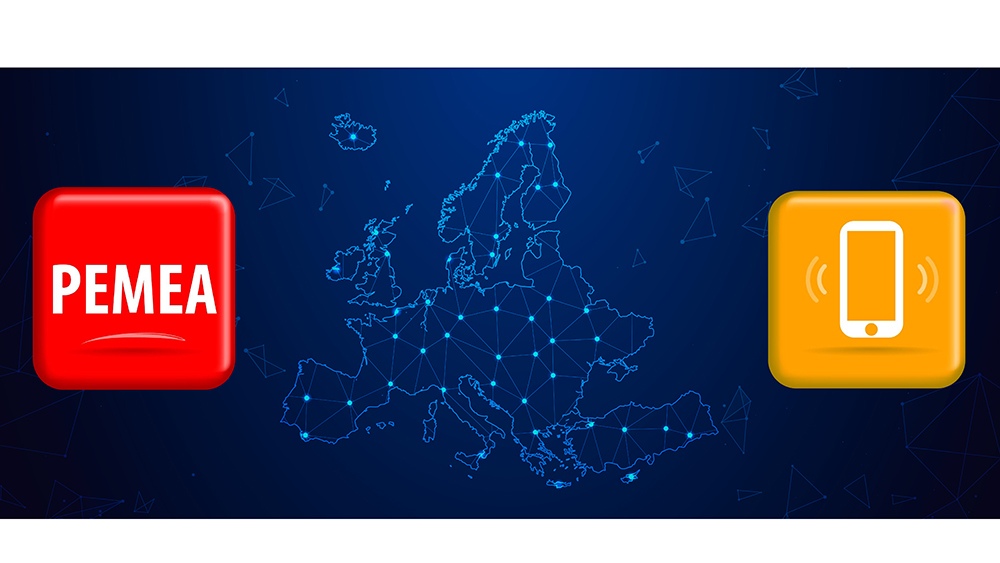112 Suomi mobile emergency application also available for use in other European countries

The 112 Suomi mobile application, which has over 1.8 million users, can now be used across Europe to get help in emergency situations. When people use the application to call the European emergency number 112, the caller’s location data is transmitted to the local emergency response centre.
The Emergency Response Centre Agency of Finland is part of the Pan-European Mobile Emergency Apps (PEMEA) project, organised by the European Emergency Number Association EENA. According to Emergency Traffic Specialist Dan Berlin from the Emergency Response Centre Agency, the project has created an architecture which will enable European emergency applications to operate across national borders. The PEMEA architecture will be introduced step by step in different countries. Finland is already on board in the first phase.
“With the help of the new architecture, emergency calls made in Europe using the 112 Suomi application will be directed to the local emergency response centre along with the caller’s exact location data. The local emergency response centre will be able to see if the caller’s location data comes from a foreign phone number. These features will start working once PEMEA has been adopted in the country.”
PEMEA is the architecture behind the application, so it is not actually visible to the app users. Users do not need to make any changes to the application’s settings. The most important thing is to recognise the emergency and make an emergency call using the 112 Suomi application.
“This improvement will certainly be a great relief to tourists as it can be difficult to communicate your location during an emergency in a foreign country. There is often a big language barrier between the caller and the emergency response centre operator, which makes it more difficult to determine the caller’s location. We are glad that now the Finnish emergency response centre operators will be able to tell if the call comes from another country’s emergency application,” Berlin says.
The 112 Suomi mobile application project was carried out in cooperation with Deveryware, core service provider for PEMEA. Digia Oyj, partner of the Emergency Response Centre Agency, took care of the app-related set-ups.
Statistics on the emergency number 112
In 2024, the Emergency Response Centre Agency received an average of 7,600 emergency calls every day. Of these calls, 1,600 should not have been made to the emergency response centre. Roughly one half of the calls were passed on to authorities while the other half were handled by the emergency response centre operator through guidance and advice. The average time in which an emergency call was picked up was seven seconds.
How to instruct different target groups in calling the emergency number
The 112 Day campaign has issued instructions on calling the emergency number for the general public as well as children and young people, older people and foreign-language speakers. Learn more about the instructions and make use of the associated materials.
The emergency number provides safety for children
Teaching children how to use the emergency number correctly is a safety action. It is important to talk to children about identifying emergencies and encourage them to report an emergency.
Emergency number emphasised in different ways to different target groups
The 112 Day is a nationwide campaign aimed at raising Finnish people’s awareness of the emergency number 112 and how to recognise emergencies. When it comes to 112 training, it is a good idea to consider the characteristic behaviour and understanding of the target group. For example, it is advisable to emphasise different things to children and young people than older people, immigrants and foreign nationals.
Representing your profession at the Independence Day Reception
Anniina Takala, the ERC Operator of the Year, will celebrate the Finnish Independence Day at the Presidential Palace. She feels that the invitation honours the whole profession.



